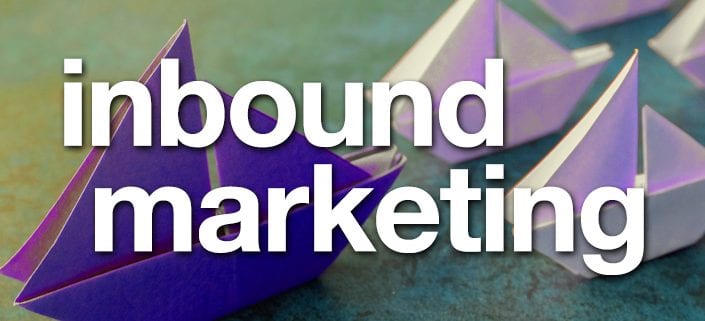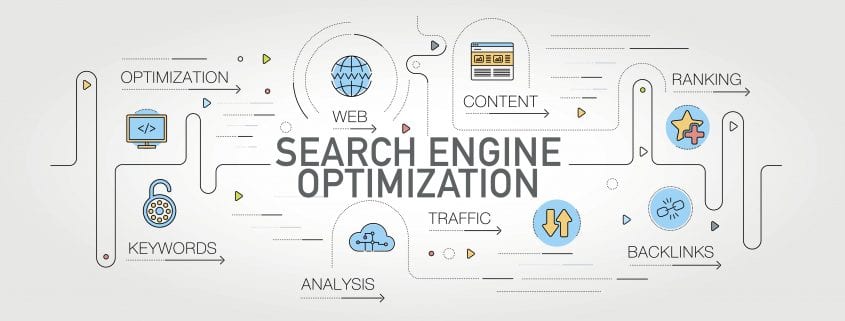
5 Tips To Improve Your Advertising Approach
When you have a tight marketing budget, you don’t have room to play with different advertising campaigns. You have to spend every bit of the budget where you know it will be most effective. Fortunately, there are a few ways you can improve your advertising approach without breaking the budget.
Top 5 Tips to Improve Advertising
Use SEO
Well over 75% of consumers use Google and other search engines to find businesses of all sorts. If you want your business to show up on their search, your website needs to rank as high as possible. Search engine optimization (SEO) can help pull your website ranking up. You can do this by creating rich content built around certain keywords and adding them to your website.
Track and Leverage Your Data
When a consumer provides data, use it to your advantage. Send out promotions and offers. You can do this by email or direct mail.
Take it to the next step. Analyze the data you have. Do you see any indicators such as age, gender, economic status, etc.? That information allows you to do targeted marketing to a particular indicator.
Change Your Media Mix
If you have been using the same media for advertising for a significant period of time, it is time to shake things up by changing the mix. Now, that is not to say you should abandon what is working. What you need to do is find out what is not working. Then, shift that effort/cost into a new media and see what happens. You might try a new social media channel or see if a PPC ad can generate some interest.
Stay Relevant and Consistent
Your advertising must jump out from everything else going on. That means it must be meaningful and relevant to the audience viewing it. Without relevance, the ad fades into the background.
It is also critical for advertising to be consistent. Customers love consistency. It builds trust and makes them more interested in what a company is doing and saying. Consistent content creation, advertising approach, logo/color presentation, and even customer service has a significant impact on building the all-important client trust.
Keep Your Buyer Personas Current and Focused
Just as your business evolves, so does your clients. Technology, product development and consumer attention move at frightening speed. If your buyer personas don’t keep up with what your target audience is looking for, you will be wasting your advertising budget on ads that don’t connect with your target audience. Refresh your buyer personas at least a couple times of year to keep them relevant.
Focus your advertising approach to the buyer’s journey. Some of your mix should attract prospects, while other parts nurture existing leads. Still more should bring qualified leads towards making a decision.
Each of these options will help you improve your advertising efforts, without spending a lot of money. You can adopt all of them or pick the ones that would work best for your company. Which one will you use first?
This article can also be found on Data Captive.


















